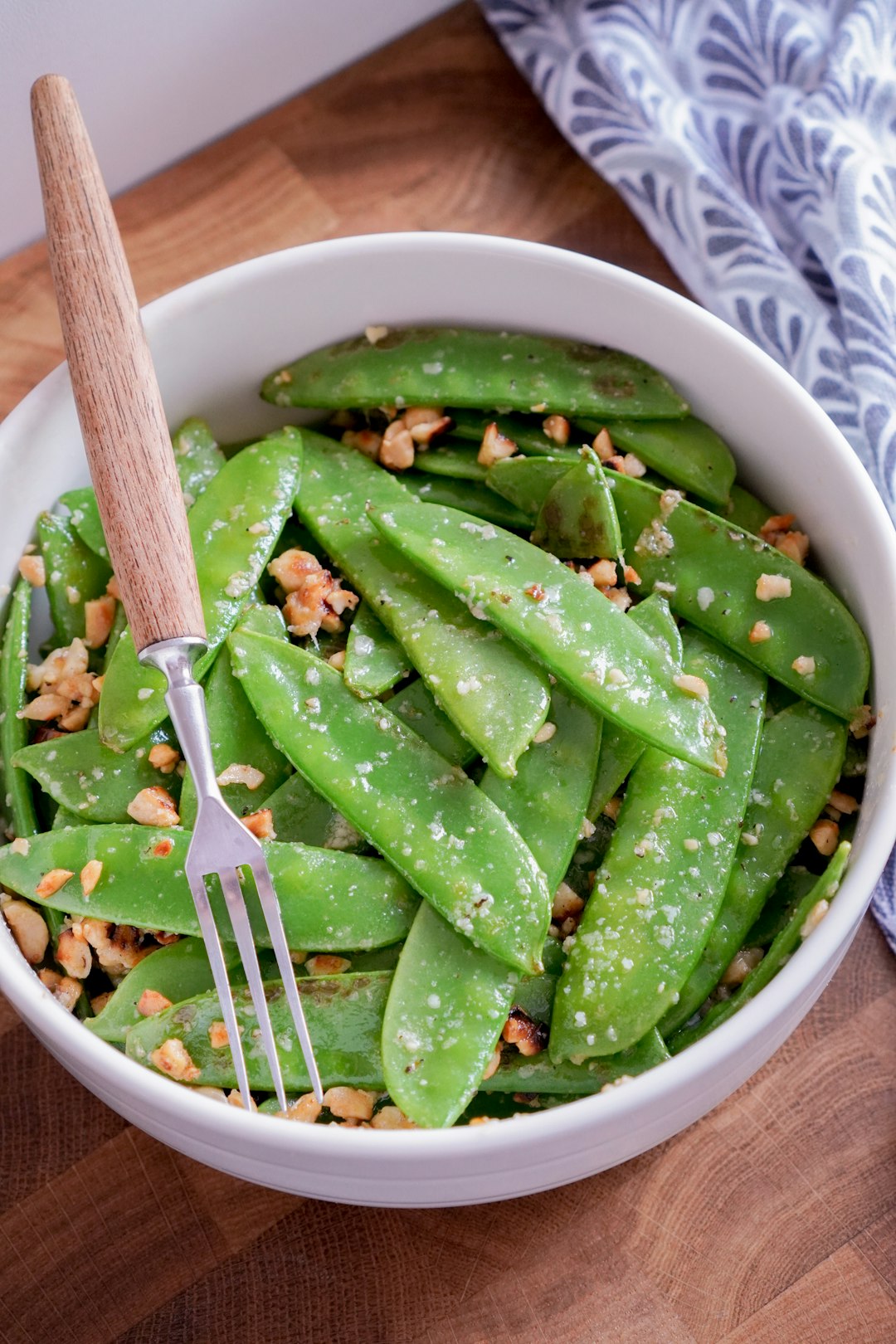Grana Padano
Before getting into the specifics of Grana Padano, it’s important to understand its history. Grana Padano is an ancient cheese that originated in the Po Valley of Northern Italy. It dates back to around the 12th century when it was created as a way to preserve milk. Grana Padano was traditionally made with raw cow's milk and aged for up to two years in large, round drums.
When it comes to flavor, Grana Padano is nutty and slightly sweet, with a delicate crunch. The texture is hard and gritty, yet still smooth and creamy. In addition to its unique flavor and texture, Grana Padano also boasts fantastic nutritional value. It is high in protein and calcium, yet low in fat and cholesterol.
Grana Padano is incredibly versatile and can be enjoyed in a variety of ways. It is often grated over pasta dishes like spaghetti or baked into delightful gratins. It also pairs particularly well with fresh fruits and vegetables, making it an excellent addition to salads. Additionally, Grana Padano is a wonderful option for grilled cheese sandwiches and can even be used to make a tasty alfredo sauce.
As you can see, Grana Padano is a truly scrumptious cheese that has been cherished for centuries. Its unique flavor, texture and nutritional content make it a great choice for gourmands and health-conscious foodies alike. Whether you're looking to enhance a dish with its nutty taste, use it in your baking or simply enjoy it on its own, Grana Padano is sure to enliven any culinary experience.
Grana Padano recipes
Amazing Grana Padano recipes sourced from the web.
The origin of Grana Padano
Grana Padano is a type of cheese known by a plethora of connoisseurs worldwide. The first record of this dairy delight dates back to the 11th century when Benedictine Monks of Chiaravalle Abbey near Milan invented it. This cheese is produced in an area bordered by the Po River valley, stretching from the Adige River in the east to the Ticino River in the west. As such, Grana Padano has gained the recognition of being a symbol of Northern Italian culture.
The name 'Grana' derives from the Italian word for "grain" because of its granular texture, and Padano was added as homage to its place of provenance. Initially, Grana Padano was left to mature for eighteen months before being consumed, but this duration has now been extended significantly. Some specialty Grana Padanos are aged up to two years or longer.
This delectable delicacy begins with milk from cows grazing on carefully managed grasslands during the summertime. The milk is then curdled, salted, and left to obviate water. Afterward, it is cut into blocks, placed into molds, and, finally, pressed into a wheel that is branded with the Grana Padano Protected Designation of Origin (PDO) mark.
Due to its complex and nuanced flavor profile, Grana Padano can be eaten either fresh or matured. Its sweetness and aroma become more intense during the aging process, while its texture becomes harder. This excellent cheese can be enjoyed in a variety of ways; Grana Padano is commonly used as a topping for pastas, salads, and risottos; shredded over soups; and even melted and served with bread.
In conclusion, Grana Padano is a scrumptious cheese originating from Northern Italy. Its lengthy maturation and careful production process results in a truly unique and exquisite flavor which makes it a favorite among foodies everywhere. Whether enjoyed fresh or aged, Grana Padano adds a certain je ne sais quoi to any dish!
Types of Grana Padano
Grana Padano is a dish that you wouldn't expect to find in many places outside of Italy, but trust me when I say it’s worth seeking out. This delectable cheese-based specialty is one of the most versatile and savory dishes around, and can be enjoyed in countless ways.
To begin, Grana Padano is a cheese that has been ripened for at least nine months and boasts a distinctly nutty flavor. It has a very crumbly texture and a savory, salty taste. When grated, it adds an exceptional depth of flavor to any dish. Whether you prefer it freshly shaved or melted over a pizza, this cheese can give a unique and delicious flavor to anything you choose.
The type of Grana Padano that you choose depends on the type of dish you are making. From unique risottos to robust sauces, you can use Grana Padano to enhance your culinary creations in endless ways. Aged Grana Padano can be used as a topping on light summer salads or even served as an aperitif with a dry white wine — it's sure to tantalize your taste buds with its full-bodied flavor.
When it comes to cooking with Grana Padano, the possibilities are endless. You can use it to add a subtle sweetness to savory dishes like lasagna, or to create a creamy and crunchy texture in a creamy Alfredo sauce. For veggie lovers, Grana Padano can also be used as a zesty replacement for Parmesan, adding a salty kick to dishes like eggplant parmesan.
If you’re looking for something more indulgent, Grana Padano is also great for making creamy soups and gratins. Its nuttiness and creaminess will make the perfect accompaniment for a variety of ingredients. You can even use it as a topping for toasted French bread, giving the dish an extra layer of flavor.
In short, Grana Padano is one of those rare dishes that can truly be enjoyed in multiple ways. With its intense flavor, its ability to create exciting textures, and its extensive range of uses, Grana Padano is a true culinary masterpiece for any food lover to explore.

